Spot and futures markets have become popular among crypto investors. However, which one is the best system for you? In this article, Gate.io will provide a deeper explanation of spot vs futures trading.
Gate.io is a well-known cryptocurrency exchange that offers both spot and futures trading. While spot trading is straightforward and involves buying and selling cryptocurrencies at the current market price, futures trading is a little more complex.
Gate.io offers spot and futures trading for traders to exploit the cryptocurrency market. While spot trading is the most popular and straightforward form, futures trading offers a higher level of risk and greater potential rewards. Traders need to have a solid understanding of the key concepts and terms involved in both forms of trading, including mark price, initial and maintenance margin, leverage, funding rate, and risk. With this guide, traders can make informed decisions when trading on Gate.io and take advantage of the opportunities presented by the cryptocurrency market.
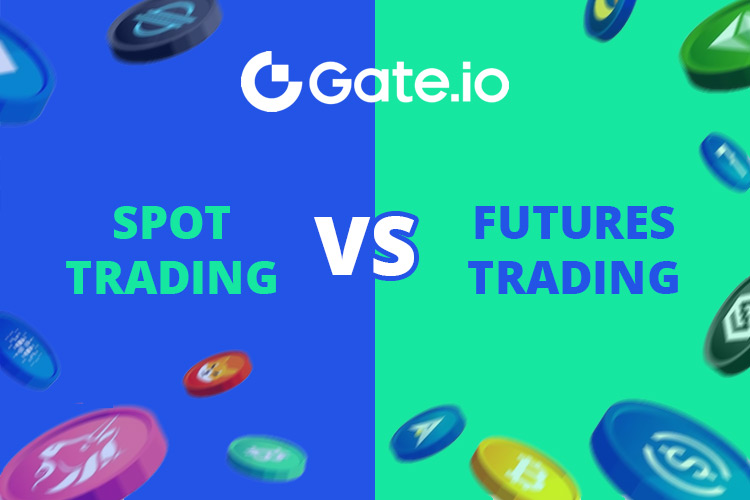
Spot Trading
Spot trading is the most straightforward and popular form of trading on Gate.io. It involves buying or selling cryptocurrencies at the current market price, which is the price that a specific cryptocurrency is being traded at in the exchange at the time of the transaction. Spot trading allows you to take advantage of the immediate price fluctuations in the cryptocurrency market and can be an excellent way to capitalize on short-term price movements.
When you place an order for spot trading, you buy or sell cryptocurrencies immediately. This means that the transaction will be settled within a few minutes, and you will own the cryptocurrency you purchased or receive the funds for the cryptocurrency you sold.
When it comes to spot trading on Gate.io, there are several important concepts and terms that traders should be familiar with.
Mark Price
In spot trading, the mark price calculates the unrealized profit and loss. The mark price is designed to prevent market manipulation and ensure that the cryptocurrency's price is equivalent to the spot price. The mark price is determined by various factors, including trading volume, market liquidity, and the prices of other exchanges.
Initial and Maintenance Margin
Traders who engage in spot trading should also be familiar with the concept of Initial and Maintenance Margin. The initial margin is the cryptocurrency or fiat currency a trader must deposit to open a position. On the other hand, the maintenance margin is the minimum amount of collateral that must be maintained to keep the position open. The position will be liquidated if the margin falls below the maintenance margin level.
Leverage
Leverage is the ability to control a larger position with a smaller amount of capital. In spot trading, traders can trade with leverage, amplifying potential profits and increasing risk. Gate.io offers leverage up to 10x, meaning traders can open a position up to 10 times larger than their initial margin.
Funding Rate
The funding rate is a payment made between all longs and shorts in the perpetual futures market and applies to some types of spot trading. The funding rate decides which party will be the payer and which will be the payee in the transaction. Long positions pay short positions if the rate is positive, but if the rate is negative, short positions pay long positions.
Risk
While spot trading allows traders to take advantage of short-term price movements, it also involves risk. Unlike futures trading, which has a fixed expiration date and settlement, spot trading has no predetermined exit point. This means traders must actively manage their positions and be prepared to take losses if the market moves against them. Additionally, leverage can increase potential profits and the risk of losses.
Advantages of Spot Trading
- Immediate transactions
- No expiration date
- Lower fees
- No requirement for specialized knowledge
Disadvantages of Spot Trading
- High volatility
- Risk of market manipulation
- Limited profit potential
- Limited risk management tools
Futures Trading
On the other hand, it involves buying or selling cryptocurrencies at a specified price and date in the future. The cryptocurrency's price is determined by the market conditions at the contract's expiration. Futures trading allows you to take advantage of market fluctuations by locking in a price for the future, but it also involves a higher level of risk.
Gate.io offers traditional futures trading as well as perpetual futures trading. Traditional futures are similar to futures trading in other financial markets, while perpetual futures are unique to cryptocurrency. Perpetual futures do not have an expiration date and do not require settlement. Instead, traders need to focus on the rises and falls of the price.
Mark Price
To prevent market manipulation and ensure that the price of perpetual futures contracts is equivalent to the spot price, Gate.io uses the mark price as the basis for calculating unrealized profit and loss. The mark price is the average of the prices on multiple exchanges, updated every second. By using the mark price, traders can be confident that they are trading at fair market value.
Initial and Maintenance
Margin In futures trading, you need to have a solid understanding of the levels of the initial and maintenance margins, with a particular focus on the maintenance margin. Your trade will be liquidated if your available margin falls below the required maintenance margin. It is highly recommended that you close any holdings above the maintenance margin to avoid incurring increased charges due to liquidation.
Leverage
One of the advantages of futures trading is the leverage that is offered. Gate.io offers higher leverage than traditional futures trading. Leverage allows you to make larger trades with less collateral. However, it also increases your risk, as you could lose more than your initial investment.
Funding Rate
The funding rate is the payment made between all longs and shorts in the perpetual futures market. It decides which party will be the payer and which will be the payee in the transaction. Long positions pay short positions if the rate is positive, but if the rate is negative, short positions pay long positions. Gate.io uses the funding rate to balance pricing and ensure long-term convergence between the price of perpetual futures and the mark price.
Risk
Futures trading presents a potential financial loss. Unlike spot markets, futures markets permit you to make big orders not fully backed by their initial collateral. This practice is referred to as margin trading. The amount of margin that is accessible has expanded as a direct result of the technical progress made in the markets. Gate.io has a variety of guidelines and safeguards in place to prevent you from declaring bankruptcy and protect the exchange's interests. These will be discussed in greater detail on the website.
Advantages of Futures Trading
- Amplified profit potential with leverage
- Predetermined exit point
- It can be used for hedging
- Access to a wider range of assets
Disadvantages of Futures Trading
- Higher level of risk due to leverage
- Possibility of margin calls
- Complex pricing mechanisms
- Limited flexibility due to fixed terms
Besides providing spot and futures trading, Gate.io allows clients to earn up to $10 in commissions by becoming influencers. How does it work? Read more in the article How to be Gate.io Influencers and Earn $10 Per User.

 Dedicated FREE FOREX VPS
Dedicated FREE FOREX VPS Free FOREX Virtual Private Server
Free FOREX Virtual Private Server MT4 Demo Contest, Get $500
MT4 Demo Contest, Get $500 Sign Up for an Account, Claim 60% Deposit Bonus
Sign Up for an Account, Claim 60% Deposit Bonus Free MT4/MT5 VPS 2024
Free MT4/MT5 VPS 2024 Send E-mail and Get Free Merchandise
Send E-mail and Get Free Merchandise $1K Refer a Friend Bonus for Pepperstone Pro clients
$1K Refer a Friend Bonus for Pepperstone Pro clients Maximize Your Earnings with 100% Deposit bonus
Maximize Your Earnings with 100% Deposit bonus Trade to Win, $5,000 Monthly Demo Contest
Trade to Win, $5,000 Monthly Demo Contest Claim 30% + 15% Deposit Bonus from LiteFinance
Claim 30% + 15% Deposit Bonus from LiteFinance
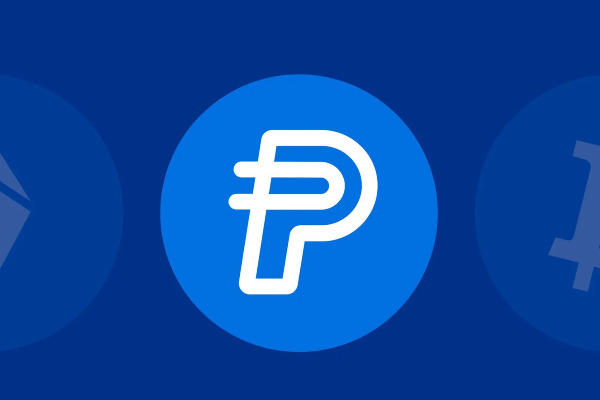
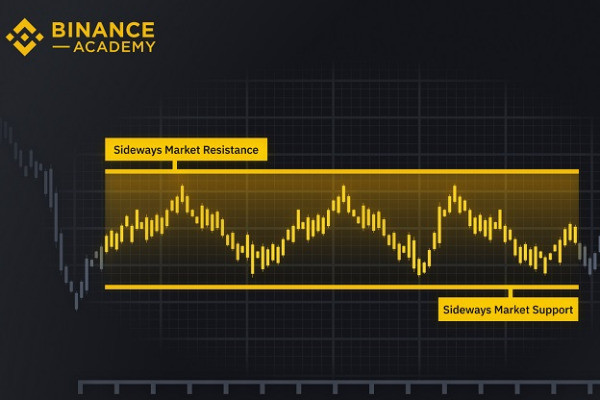
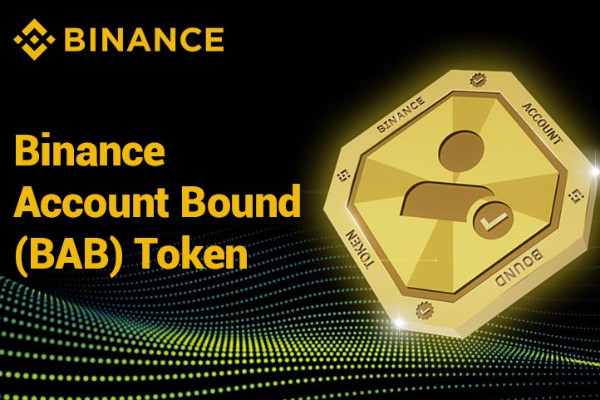
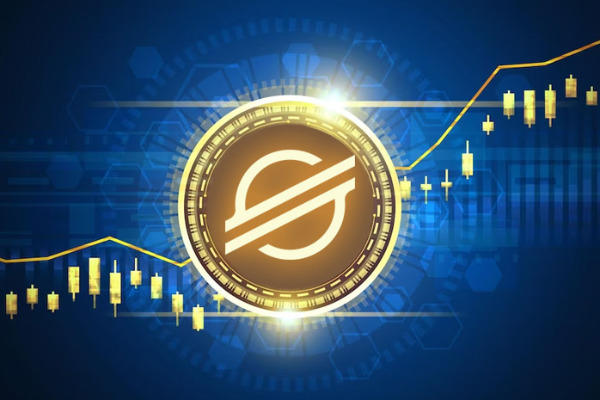
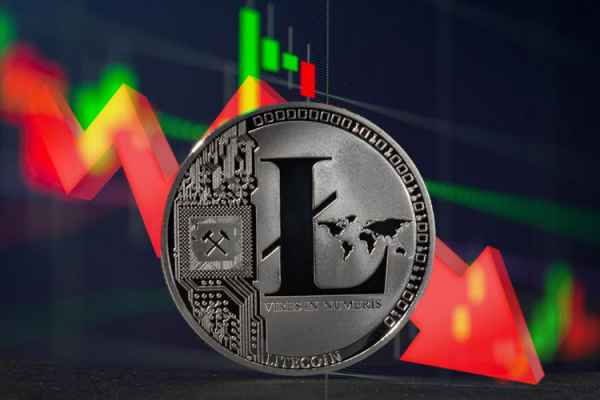

 Bitcoin
Bitcoin Ethereum
Ethereum Tether
Tether BNB
BNB Solana
Solana USDC
USDC XRP
XRP Dogecoin
Dogecoin Toncoin
Toncoin Cardano
Cardano
5 Comments
Phil Jones
Apr 28 2023
Hey there! Because the article discuss about futures trading. I want ask some questions here :
What are the key differences and considerations when it comes to Futures Trading compared to Index Trading? In terms of contract specifications, how do these two approaches differ, particularly regarding expiration dates, contract sizes, and trading hours? Additionally, what are the underlying assets involved in each type of trading?
When it comes to leverage, how does it vary between Futures Trading and Index Trading, and what impact does it have on potential returns and risks? Speaking of risks, what are the potential risks associated with each method, such as market volatility, liquidity concerns, and margin requirements?
Moreover, which trading method may be more suitable for different types of traders or specific market conditions? Are there certain factors that could influence the choice between Futures Trading and Index Trading, such as risk appetite, time commitment, or market preferences?
Justin
Jun 15 2023
@Phil Jones: Futures Trading and Index Trading have their differences. Futures Trading involves buying or selling contracts for stuff like commodities or currencies at a set price and expiration date. Index Trading, on the other hand, focuses on trading the overall performance of stock market indexes like the S&P 500 or NASDAQ.
Now, when it comes to leverage, Futures Trading usually offers more bang for your buck. You can control bigger positions with less money upfront. But keep in mind, higher leverage means higher risks too, so be careful!
Speaking of risks, Futures Trading can be affected by crazy market volatility, and you might face liquidity issues with less popular contracts. Index Trading is all about how the whole market moves, so overall market conditions and sentiment play a big role.
As for which method is right for you, it depends on your risk tolerance and preferences! And also, you need to choose right brokers too in order to get the best in the Futures trading! You can read about the brokers that offer best Futures trading at here : Where to Find the Best Broker For Futures Trading)
Gary
May 10 2023
How does Gate.io protect traders from bankruptcy in futures trading? I understand that futures trading involves the possibility of financial loss, especially since it allows traders to place large orders that may exceed their initial collateral through margin trading. However, I'm curious to know more about the specific measures and safeguards implemented by Gate.io to mitigate the risk of bankruptcy for traders. How does Gate.io regulate and manage margin trading to ensure that traders do not face financial ruin? Are there specific guidelines or mechanisms in place to monitor and control the amount of margin accessible to traders? Additionally, how does Gate.io balance protecting traders' interests while safeguarding the exchange's own interests?
Sonja
Jun 23 2023
What does spot trading mean in the context of cryptocurrency, considering the provided information? When it comes to spot trading, the mark price plays a crucial role in calculating the unrealized profit and loss. This mark price mechanism is implemented to safeguard against market manipulation and maintain a fair and accurate reflection of the cryptocurrency's actual spot price. So, what factors contribute to determining the mark price in spot trading? How does trading volume, market liquidity, and the prices on other exchanges come into play? Let's dive into the world of spot trading and uncover its significance in ensuring transparency and fairness within the cryptocurrency market.
Potter
Jun 27 2023
@Sonja: Hey dude! Let me break down to you about spot trading! In short, spot trading in cryptocurrency refers to buying and selling digital assets for immediate settlement. In spot trading, the mark price plays a vital role in calculating profit and loss. It's designed to prevent market manipulation and ensure an accurate reflection of a cryptocurrency's spot price.
Determining the mark price involves various factors. Trading volume and market liquidity are important. Higher trading volume and greater liquidity contribute to a more reliable mark price. Additionally, prices on other exchanges impact the mark price, as traders exploit price discrepancies between platforms.
By considering these factors, the mark price strives to provide transparency and fairness in the cryptocurrency market. It helps traders make informed decisions based on real market conditions, reducing the risk of manipulation and promoting trust within the industry.